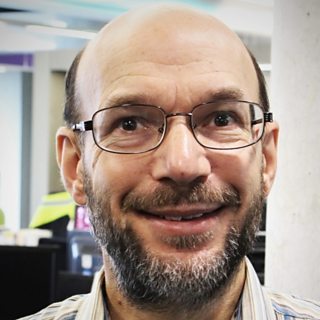Abstract
Virtual production for broadcast is currently mainly used in the form of virtual studios, where the resulting media is a sequence of 2-D images. With the steady increase of 3-D computing power in home PC's and the technical progress in 3-D display technology, the content industry is looking for new kinds of programme material, which makes use of 3-D technology. The applications range from analysis of sport scenes, 3DTV, up to the creation of fully immersive content.
In a virtual studio a camera films one or more actors in a controlled environment. The pictures of the actors can be segmented very accurately in real time using Chroma key techniques. The isolated silhouette can be integrated into a new synthetic virtual environment using a studio mixer. The resulting shape description of the actors is 2-D so far. For the realisation of more sophisticated optical interactions of the actors with the virtual environment, such as occlusions and shadows, an object-based 3-D description of scenes is needed. However, the requirements of shape accuracy, and the kind of representation, differ in accordance with the application.
This contribution gives an overview of requirements and approaches for the generation of an object-based 3-D description in various applications studied by the ±«Óãtv R&D department. An enhanced Virtual Studio for 3-D programmes is proposed that covers a range of applications for virtual production.
This document was originally an invited paper presented at SPIE conference on ‘Videometrics and Optical methods for 3D Shape Measurement, 22-23 June 2001, San Jose, USA.
- -
- ±«Óãtv R&D - Intelligent Video Production Tools
- ±«Óãtv R&D - Piero
- ±«Óãtv R&D - The Queen's Award winning Piero sports graphics system
- ±«Óãtv Internet Blog - ±«Óãtv R&D wins Queen's Award for Enterprise for Piero
- ±«Óãtv R&D - Olympic Diving 'Splashometer'
- ±«Óãtv R&D - Biomechanics
- ±«Óãtv R&D - Real-time camera tracking using sports pitch markings
- ±«Óãtv R&D - Augmented Reality Athletics
- ±«Óãtv R&D - Image-based camera tracking for Athletics
White Paper copyright
© ±«Óãtv. All rights reserved. Except as provided below, no part of a White Paper may be reproduced in any material form (including photocopying or storing it in any medium by electronic means) without the prior written permission of ±«Óãtv Research except in accordance with the provisions of the (UK) Copyright, Designs and Patents Act 1988.
The ±«Óãtv grants permission to individuals and organisations to make copies of any White Paper as a complete document (including the copyright notice) for their own internal use. No copies may be published, distributed or made available to third parties whether by paper, electronic or other means without the ±«Óãtv's prior written permission.
